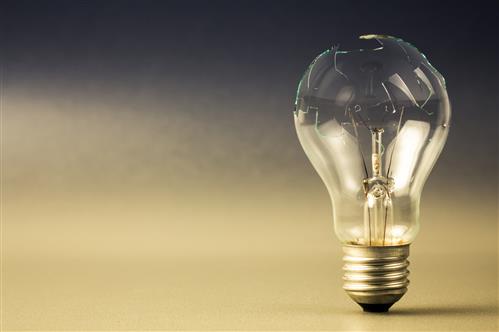Adapters Foreign International Universal
WHY ISN’T THERE A UNIVERSAL ELECTRIC PLUG?
If you’ve ever traveled outside of the country, you are sure to have come across power cords and electrical outlets that look much different than those in use in the United States. However, you may be wondering why there are so many different types of electrical plugs instead of a universal option to connect the entire world. To understand why you need a 220 to 110 converter for your electrical appliances and electronics overseas, look back at the history of electricity and innovation over the years.
Home electricity was first developed after the invention of the light bulb as a way to bring electric lighting to houses. In order to do so, lighting fixtures connected to a specialized light socket to draw electricity from the wiring to the house. As products developed that helped reduce the time it took to get jobs around the house done, there came a need for a connection other than a light socket that could supply power.
With the race on to develop plugs and outlets to fulfill these needs, countries around the world came up with their own solutions. This is why there are at least 15 types of plugs and outlets in use today.

As the global economy continued to grow and countries became more dependent on one another, the International Electrotechnical Commission (IEC) tried to implement a universal electric plug. In 1986 it introduced the Type N plug but support around the world was not enough to lead to its adoption. Currently Type N is used almost exclusively in Brazil, where it was adopted as the national standard in the early 21st century because the country had been using multiple different types until that point.
Learn more about the history of electric outlets and plugs, and shop for universal adapters and more, by calling Overseas Best Buy (110220volts.com) today at (800) 827-9978.

